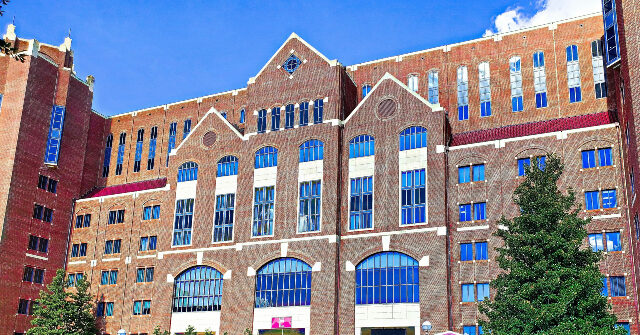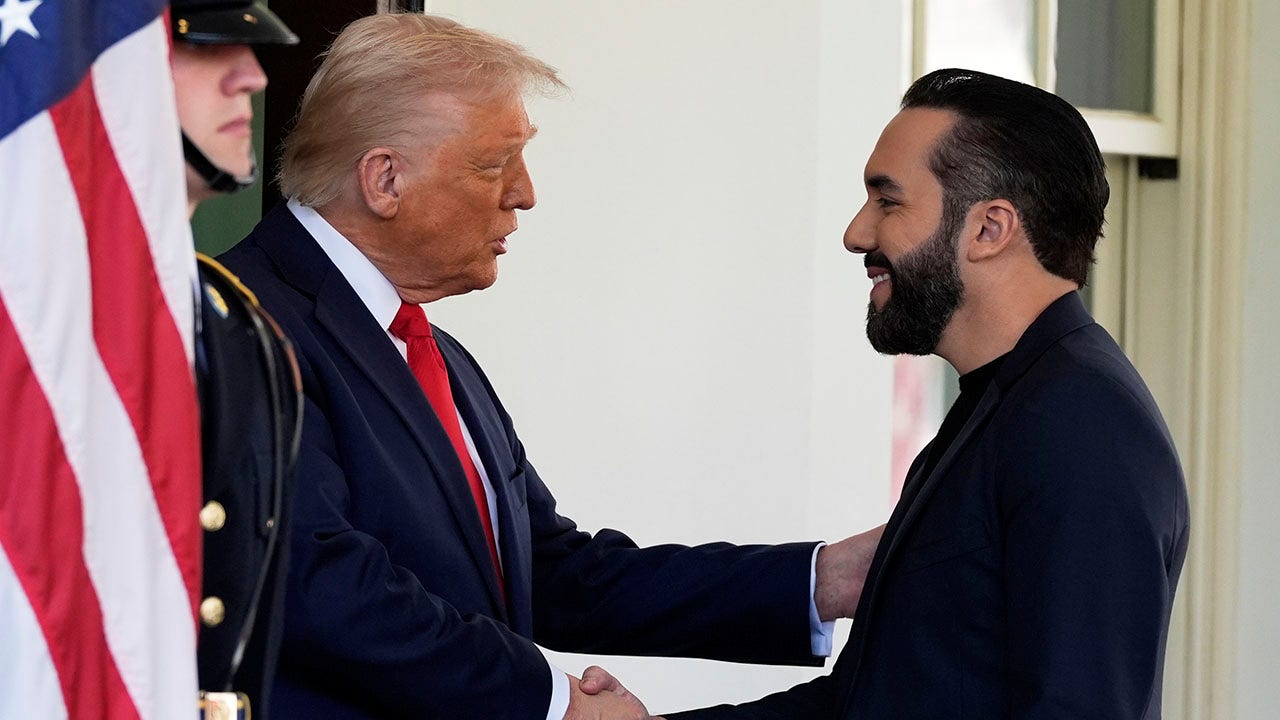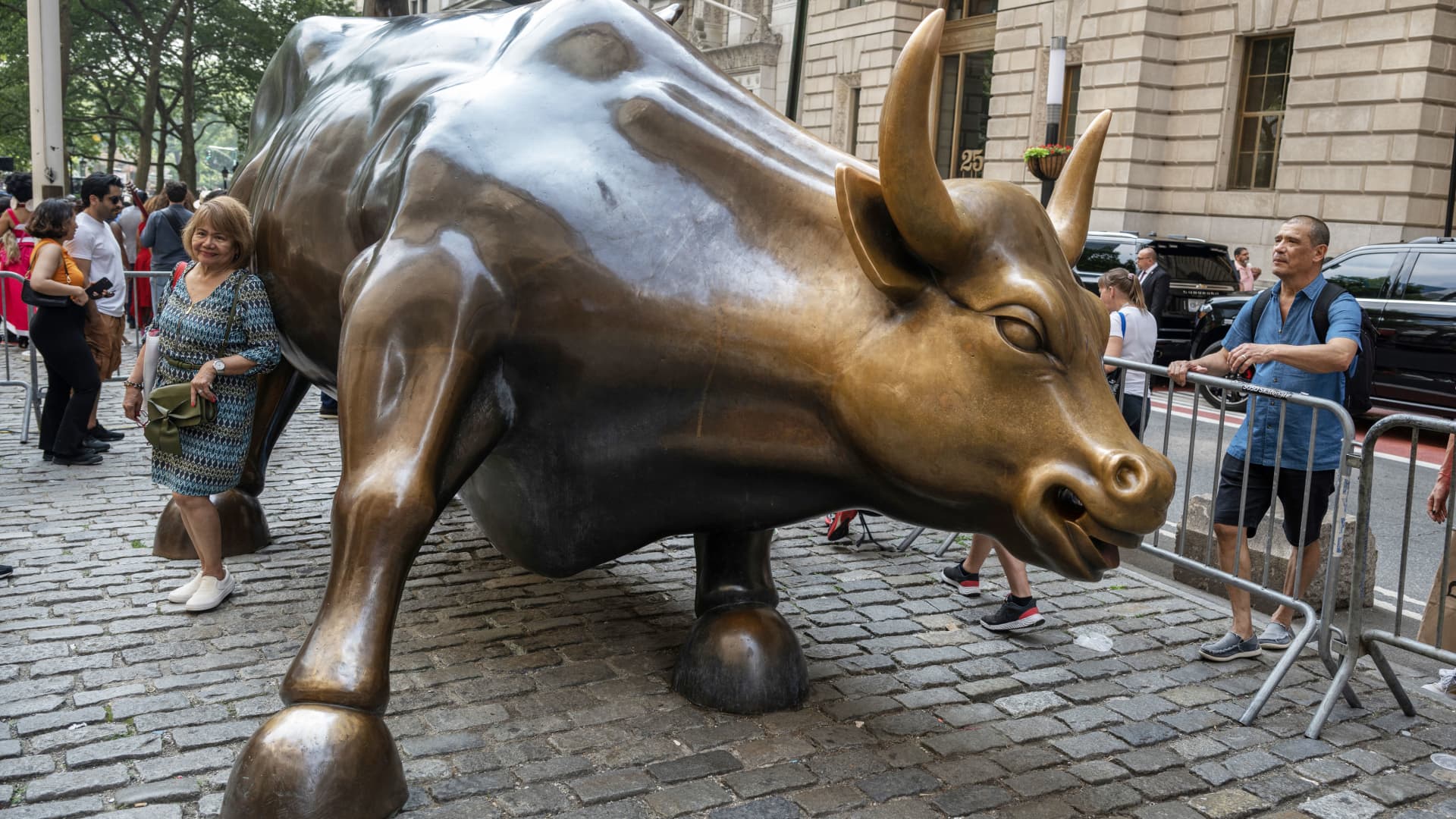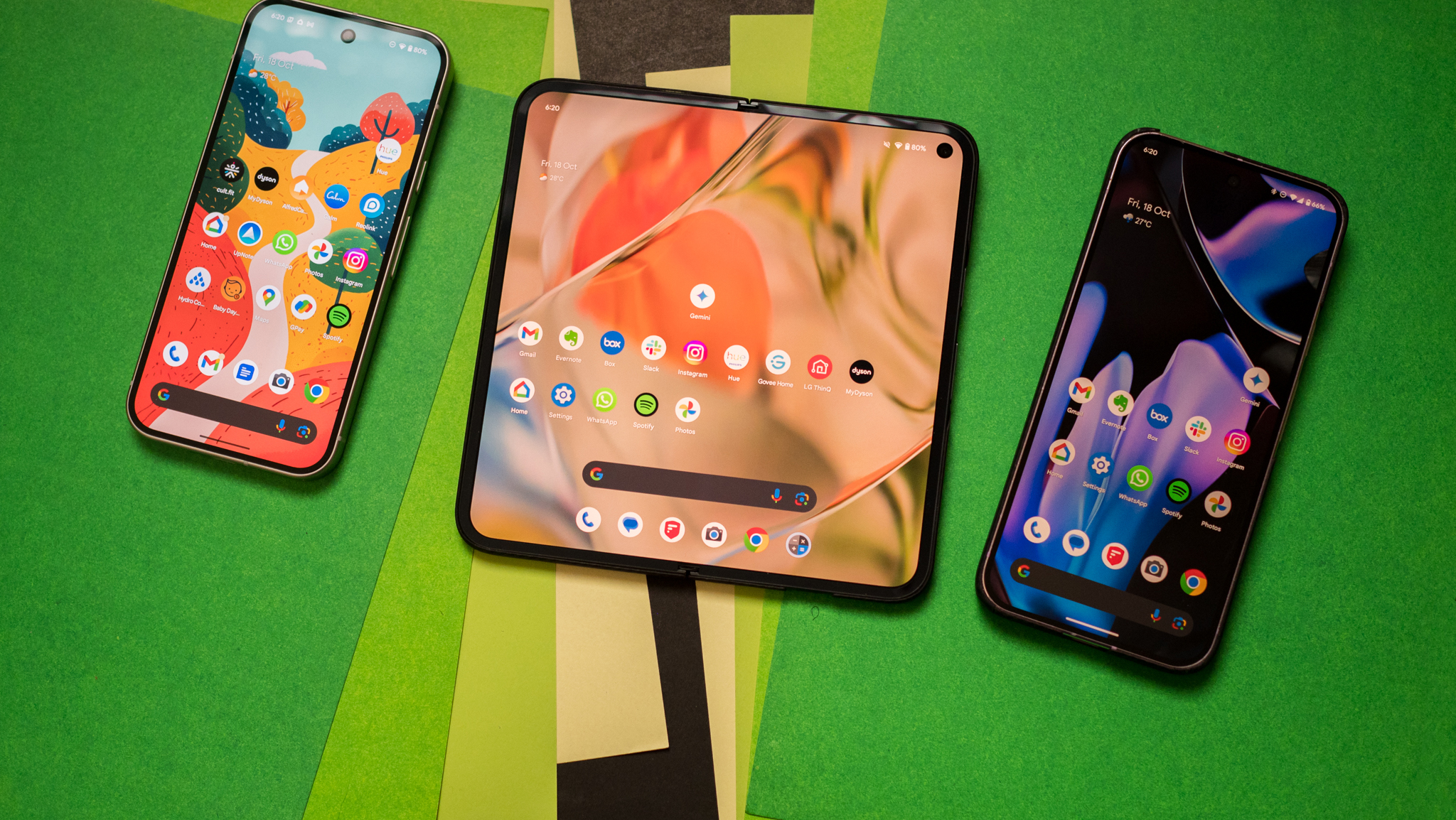Visitors around the ‘Charging Bull’ statue near the New York Stock Exchange (NYSE) in New York, US, on Thursday, June 29, 2023.
Victor J. Blue | Bloomberg | Getty Images
The boogeymen continue to be fictional, despite endless attempts to drum up fear and hasten the departure of millions of scared investors. I’m calling the endless negative prattle the “Bear Bilge,” the stuff thrown at us that seems so cerebral and intellectual, but just turns out to miss the mark.
I’m being plenty genteel in that summary. I won’t stay that way.
You know my thesis by now. There are dozens of commentators who come on-air and posit the “hard landing” scenario for the economy, making it clear that we are indeed on the eve of destruction. These Cassandras are from two camps. The first is made up of negative analysts who dug in their heels and overstayed their welcome. The second group is wealthy hedge fund managers and individuals who see no harm in generating chills simply because they don’t think they are doing so. They regard their fear-mongering as first class advice that can’t possibly have consequences. I get that. If the market crashes they will be lauded for a lifetime. if it percolates, big deal — they didn’t tell you to sell, they just told you not to buy.




















Discussion about this post